World Fine Art Professionals and their Key-Pieces, 254 - Thea Bonnecroy
World Fine Art Professionals and their Key-Pieces, 254 – Thea Bonnecroy
When I walk into her studio at Pastoorswarande, a large space, high up too, I see her busy at work. She is working on a torso. It is a stone with a lot of story, she says a little later.
Thea Bonnecroy wants to sculpt without rules. She mainly looks for movement and feeling. “Life depends on rules. When I am busy, they no longer exist. ” Stones touch her, she says. “There is a story in stone, if only because they come from somewhere. I give them a different story. I think it is special that they will survive me with a new story. ”
Italy
She uses many types of stone. Such as alabaster, freestone, marble, serpentine and travertine. “Travertin is challenging and fantastic material. I get the stone from the sculpture shop. Marble is Italy. Almost all of my sculptures have an Italian name. I love Italy, the way of talking, the chaotic. Also the bypassing of the rules. The people appeal to me more than those of France, where my family originally came from. ”
Her family, Huguenots who went to the Netherlands, were in the silk maker trade. “My grandfather was a tailor in Rotterdam and my father too. He had the silent wish to become an artist, but his father said he had to take a real profession.” Until 2001, Thea had a job: financial planner. In that year, she quit that job to become a full-time sculptor. “Luckily my father has experienced this. ‘Proud that you dared’, he said.”
Animals and people
Looking back, she thinks this was the right choice. “I wasn’t good at drawing at school. As I am married to an artist (Paul Versteegh, painter), I was interested in art. But I went to work. Because I often lugged stones, I thought at a certain point: ‘I need something with stone’. Then, it was 1994, I started taking sculpture courses, among others at the Koorenhuis and later at the Free Academy from Pien Hazenberg. I mainly learned a different way of looking. The fact that I started sculpting later had an advantage: many young artists have difficulty keeping their heads above water after their studies. My head was already above water. I had absolute freedom. ”
The artwork is created during the carving. The works are about ‘all kinds of everything in time-space’, animals and people often. “When it comes to animals, I don’t really want to depict the bird, but the flying. Not the human, but the power. Not the flower, but the elegance.” She knocks with hammer and chisel. The hardness of the stone is on the mohs scale subdivided into a series of 1 to 10. Thea works between 2.5 and 5. “You must have good posture and technique. And of course good tools. ”
Steenslag94
Steenslag94 (Stone Chippings 94) is standing on the business premises window. That refers to the year she took a course at the Koorenhuis and started to sculpt. She also teaches 15/20 students per week. Once a year there is an exhibition of their work in the building and every year she goes with a number of students to France, the Vosges.
For 18 years she has been busy with sculpting every day. “I learn by doing. Over the years, I have become more critical and set myself more challenges. One of the challenges is the hardness of the stone. And also understanding the feel of the stone and the story of the stone.” She has learned that caution isn’t helping to get good art. “You need to have guts. It might break. If you don’t have the guts, it is difficult to be a sculptor, at least in stone. In clay is another story. I have learned a technique that allows me to correct.” The stone she is currently working with was once a tombstone in a cemetery in The Hague. She could get it when she removed the name. It is not her most beautiful piece, but it is a sculpture with a lot of story.
It was quite a fight. “It contained proxy glue, I barely got through it. As you can see there are many holes in the stone.” The sculpture, a torso, is named ‘La Bella Vita’. She sells most of the work. She cannot distance herself from some pieces and they are therefore not sold. “Most sculptures end up in interiors and gardens. ”
Open Ateliers The Hague
She also organizes the Open Ateliers The Hague every year, last year in the weekend of 5 and 6 October. “They are artists with a studio within ‘the canals of The Hague’, say within the area of the route that the boats of the Ooievaart sail. I always visit a number of studios in advance. Super fun to do.”
For three years in a row she was with three female colleagues in Chicago to make sculptures in the snow. “We had a 3x3x3 cube. It was quite an experience. We made an abstract work, most other artists made figurative work, swans and Disney characters. With the work we made it to the Chicago newspaper. It was cold, so warm clothing was a necessity. It was cool to do. ”
Aviary
We go up the stairs to the upper floor. In a showroom I see various sculptures, of different materials, on pedestals. Many animals, especially cats and birds, some very small. “I am an animal person. We used to have a large aviary at home and in it I watched the birds. Later a cat came and now we have a dog with whom I go to the beach almost every day and there are the birds again. I am never done with birds. It is mainly the way of moving, the grace and freedom that fascinates me. ”
Finally, does she have a philosophical thought? Thea Bonnecroy: “I have the ambition to grow, not in importance, but in my quest in stone. Sculpting is making space in stone, so that I also make space in myself, with respect for the material.”
https://www.theabonnecroy.nl/
http://steenslag94.nl/
https://ifthenisnow.eu/nl/verhalen/de-wereld-van-de-haagse-kunstenaar-104-thea-bonnecroy
Disclaimer: The views, opinions and positions expressed within this guest article are those of the author Walter van Teeffelen alone and do not represent those of the Marbella Marbella website. The accuracy, completeness and validity of any statements made within this article are not guaranteed. We accept no liability for any errors, omissions or representations. The copyright of this content belongs to Walter van Teeffelen and any liability with regards to infringement of intellectual property rights remains with the author.

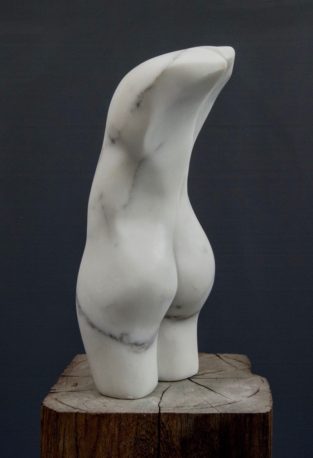
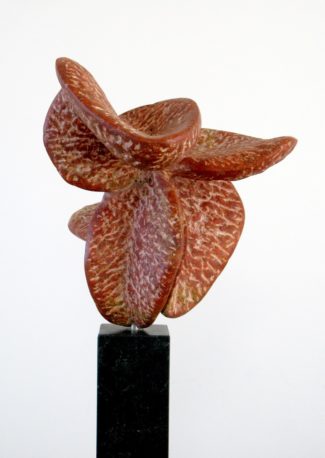
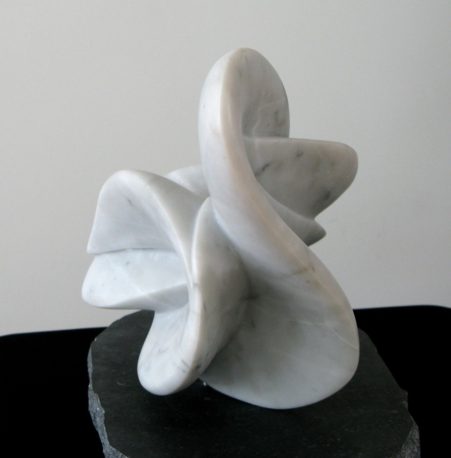
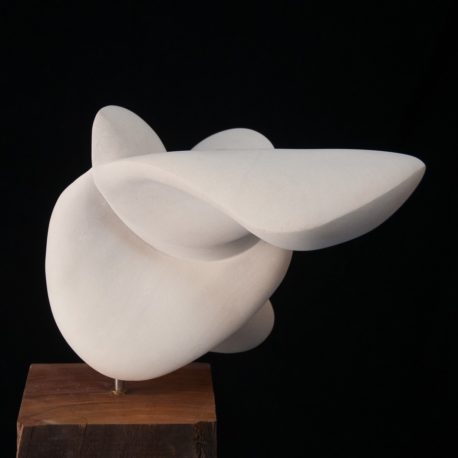
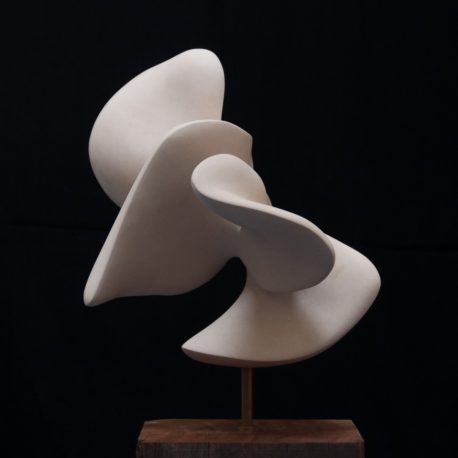
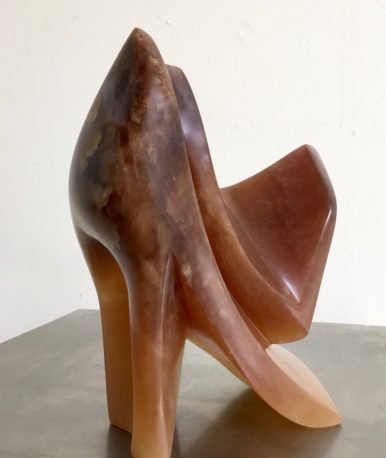
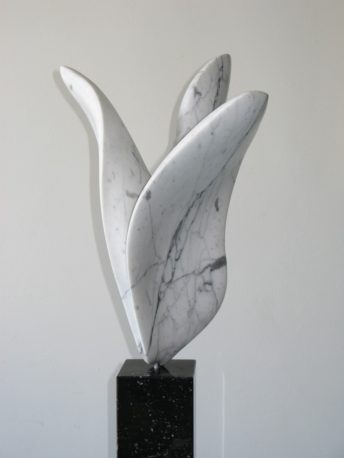

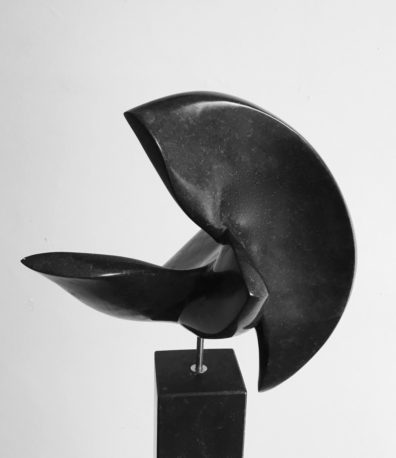
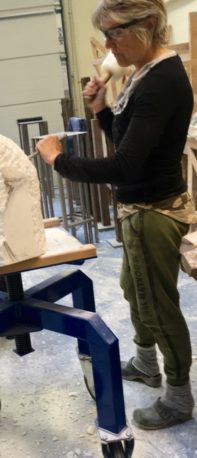














The opinions expressed by individual commentators and contributors do not necessarily constitute this website's position on the particular topic.